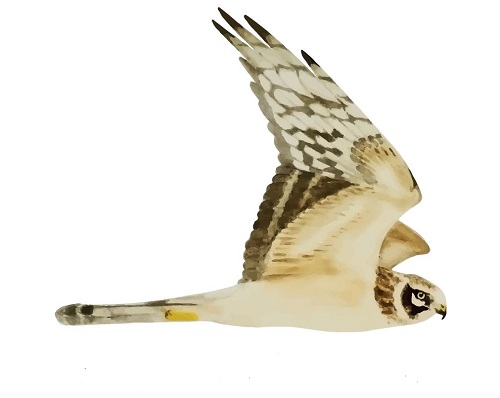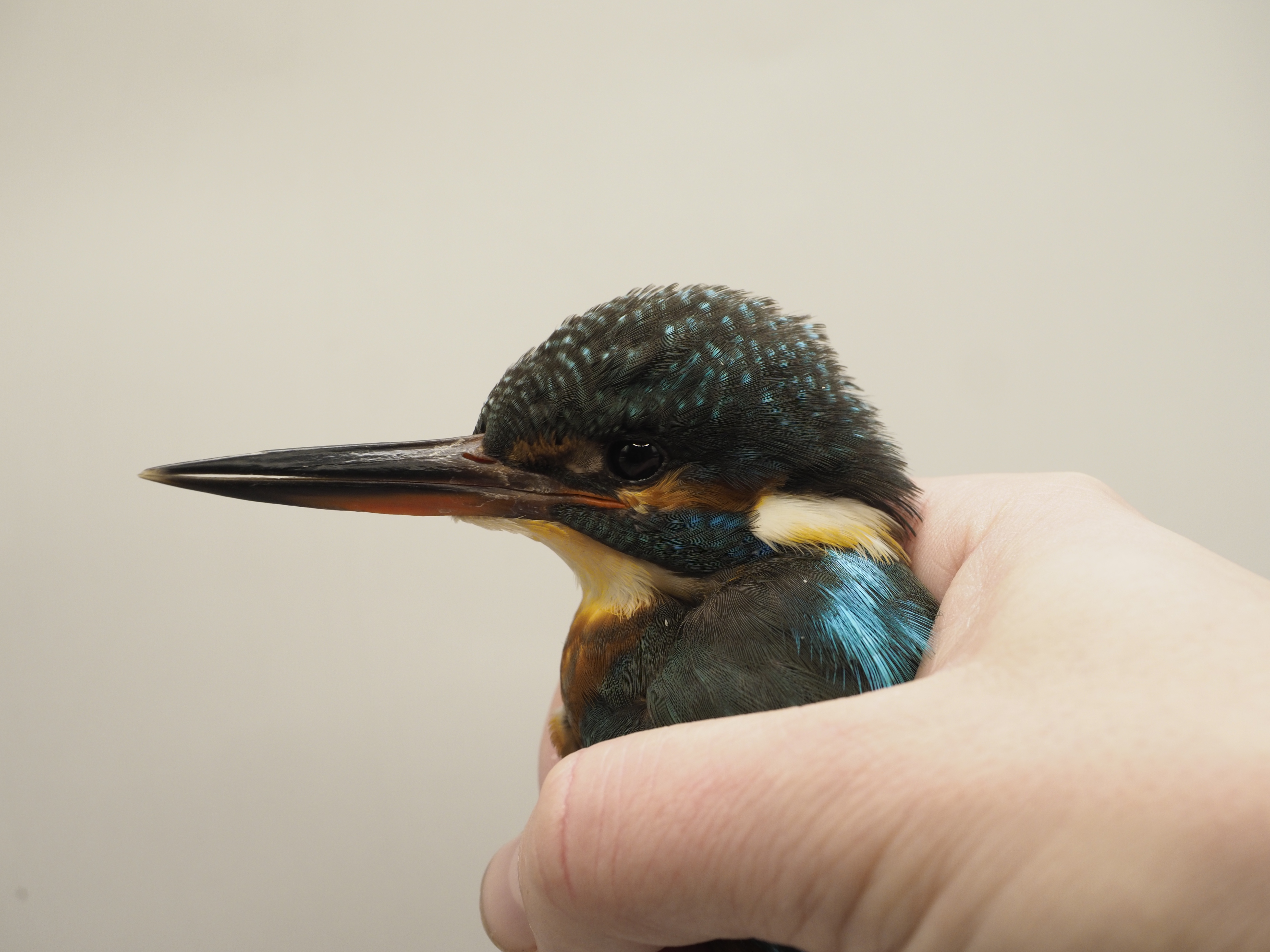Her på Skagen Fuglestations blog bringes korte nyheder i dagbogsformat om hændelser på fuglestationen.
Ice
My solitude in the lighthouse was interrupted over the weekend by the visitor of a former volunteer Esben and his friend (also Esben). They were a pleasure to have here, bringing both lovely food and company.
There seems to be an unwritten law here that when a new birder comes, they bring luck on their first visit out. My first seawatch with Knud produced a Sooty Shearwater (Sodfarvet skråpe), so I was keen to find out what the Esbens could offer. We set out at night, armed with a net, thermal scope and flashlight to see what birds we would find. The thermal scope is a seriously cool piece of equipment, betraying the presence of any life by its body-heat. It feels almost like cheating! Within two minutes we had found a Common Kingfisher (Isfugl), and managed to catch it, place it in a bag in order to take it back and ring it.
This is only the third time the station has ringed a kingfisher and so we called Simon so he could come and take part. We met Simon with his car parked at the side of the road, as I (with only my eyes uncovered) handed him over the bag. If the police were observing, this would have seemed like the most obvious illegal activity and our explanation that it was only a bird would have been laughed at. Fortunately, the police are rarely to be seen here.
It was a real treat to take it back and measure and observe it closely. They are always a delight to see in the wild with their vibrant blue colours so to see one so close up was special. This female has been here since November and, if she does move on elsewhere, we are excited to see where she will turn up. As a side note, you can tell it is a female by the lower half of their bill which is orange (the male's is black). To remember, just think of it as lipstick. Another fun fact...the Danish, Dutch and German name for the Common Kingfisher literally translates as 'ice bird.' This is a bit of a misnomer though, as they can also be found as faraway (geographically and climatically) as Papua New Guinea. It is also a little strange given that they depend on getting their food from water, so when it is frozen, they have to go elswhere or starve...
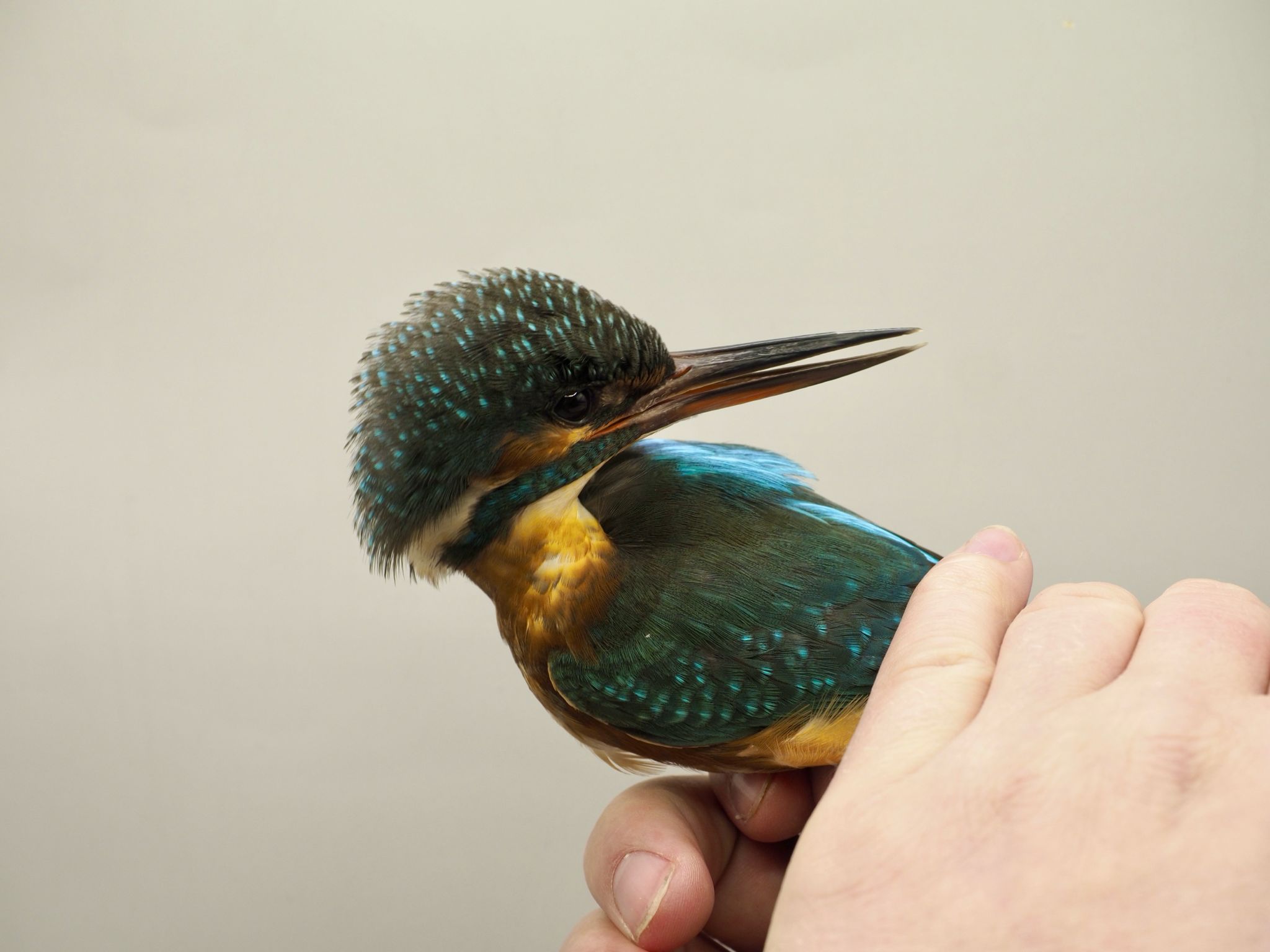
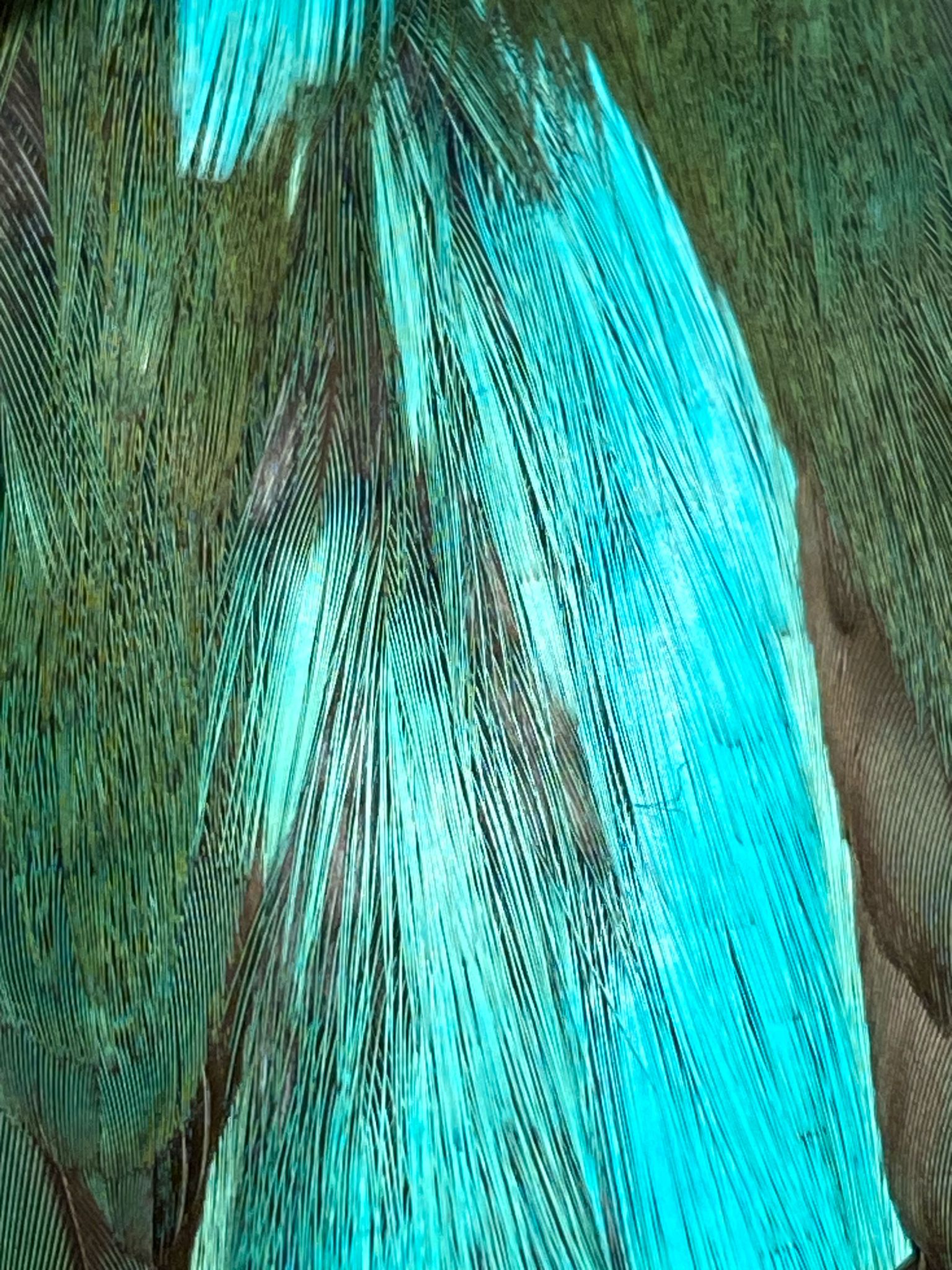
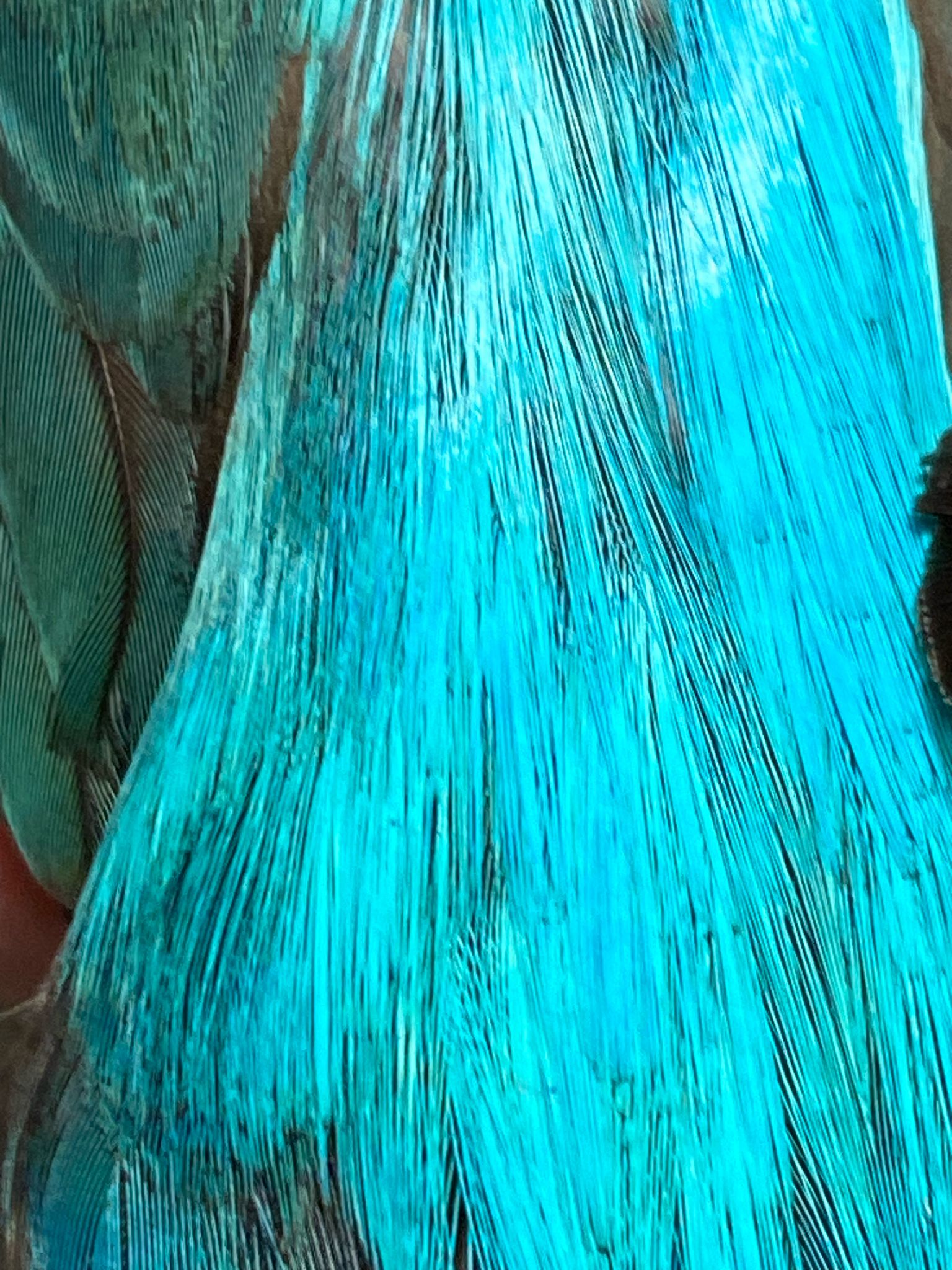
The next day, the Esbens decided that what would be a really fun thing to do, would be to go for a quick dive into the sea. Always wanting to be a part of the culture I am in living in, I had no choice to agree. So we stripped down to shorts and ran barefoot across the snow into the water. I have a self-imposed rule that, whenever I go into the water, I have to be fully submerged for it to 'count.' I can report that it was 'fresh' (which means 3/4 degrees) but warmed myself with the knowledge that, according to Esben, it is 'good for the immune system.'
Unfortunately, the Esbens have now left, which means no more swimming, but I am very much looking forward to whatever luck and experiences the next visitors bring.
Link to todays observations from observers in the area
People: James Wareing and the Esbens
Ringing (Batteriskoven):
Isfugl (Kingfisher) - 1
